Atracciones
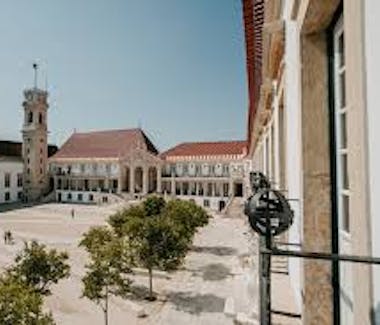
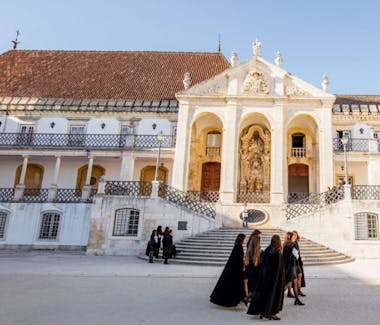

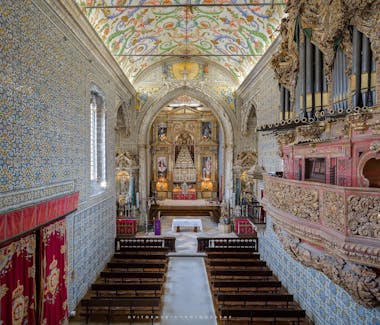
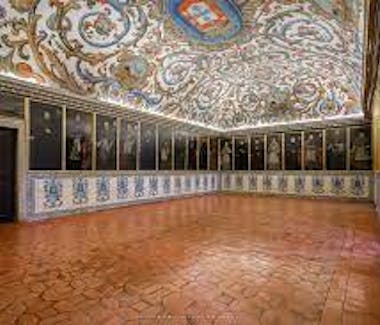
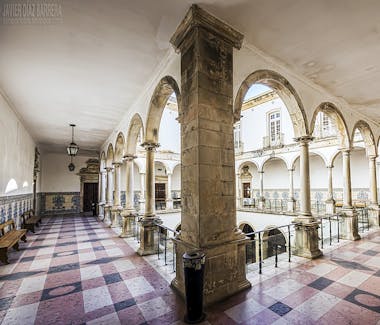
3004-531 Coimbra, Portugal
University of Coimbra
The University of Coimbra (UC; Portuguese: Universidade de Coimbra, is a Portuguese public university in Coimbra, Portugal. Established in 1290 in Lisbon, it went through a number of relocations until it was moved permanently to its current city in 1537, being one of the oldest universities in continuous operation in the world, the oldest university of Portugal, and one of the country's largest museums of higher education and research institutions.
The university is organized into eight different faculties according to a wide range of fields, granting academic bachelor's (licenciado), master's (mestre) and doctorate (doutor) degrees in nearly all major fields of knowledge, such as arts, engineering, humanities, mathematics, natural sciences, social sciences, medicine, sports and technologies. It is a founding member of the Coimbra Group, a group of leading European research universities, whose inaugural meeting it hosted. The University of Coimbra has over 20,000 students, and hosts one of the largest communities of international students in Portugal, arguably being the most cosmopolitan Portuguese university.





Largo Dr. José Rodrigues, 3000-236 Coimbra, Portugal
Museu Machado de Castro
El Museo Nacional Machado es un museo centenario en un antiguo edificio.
Fue creado en 1911 y abierto al público en 1913.
Hoy ha sido ampliado y renovado, ofreciendo un ambiente relajante e inspirador.
premios:
- Premio Accede a la Cultura 2015
- PIRANESI - Premio de Roma 2014
- Mejor Museo Portugués 2013 |APOM
- Medalla de Oro de la Ciudad de Coimbra 2013
- Mejor Intervención de Conservación y Restauración 2012 | APOM
- Finalista EMYA 2012 | Premios del Año Europeo de los Museos




Entrada pela lateral na Prisão Academica Pátio das Escolas da Universidade de, 3000-233 Coimbra, Portugal
Biblioteca Joanina
La Biblioteca Joanina fue construida entre 1717 y 1728.
Aquí, estudiantes e investigadores pueden consultar más de 300.000 volúmenes que datan del siglo XVI. XVI hasta finales del siglo. XVIII conservado en los archivos que ocupan las tres plantas del edificio.
El conde Raczinski escribió sobre ella en "Les Arts au Portugal": es la biblioteca más hermosa y ricamente decorada que he visto en mi vida.
En una de las paredes del fondo, un gran lienzo, que data de 1730, retrata al fundador, D. João V.




3000-520 Coimbra, Portugal
Escadas Monumentais
Son el resultado de una intervención urbana realizada durante el período del Estado Novo y que abarcó una vasta área, conocida como Alta Universitária. Conectan la Praça D. Dinis con la Rua de Oliveira Matos y la Praça da República.
La intervención, que tenía como objetivo concentrar todas las facultades y servicios adscritos a la Universidad de Coimbra en la parte alta de la ciudad, se llevó a cabo durante los años 50 y se prolongó hasta los años 60.
Toda la reordenación urbana llevada a cabo estuvo encaminada a aumentar la concentración de estudiantes, reducir su circulación en la ciudad y permitir un mejor control de su actividad.
Las Escaleras Monumentales, como todas las intervenciones en altura, se caracterizan por el estilo grandioso y austero de la arquitectura del Estado Novo.
Durante la Crisis Académica de 1969, fueron uno de los escenarios de la protesta estudiantil, así como de la represión y carga policial ejercida por la dictadura del Estado Novo

Largo da Sé Velha, 3000-383 Coimbra
Sé Velha
Sé Velha de Coimbra, is one of the most important Romanesque buildings in the country.
Its construction began sometime in 1146, when Afonso Henriques was declared king of Portugal and chose Coimbra as the capital of the kingdom.
The exterior is robust, symmetrical, with few openings and crowning battlements, with a portal decorated under Islamic influence. Inside, the altarpiece in the chancel stands out, as well as the Cloister, the first Gothic experience in Portugal.
Today, the Sé Velha is the stage for one of the most important moments in the journey of any student in Coimbra, the emblematic monumental Serenade that marks the beginning of the Queima das Fitas.
That night, when the clock strikes twelve, the students, all dressed up, line up in a silent chorus to listen to Fado. For some, the first time they wear black marks the beginning of a long journey; for others, it's time to say goodbye and take with them all the experiences and learning that the city has provided them.



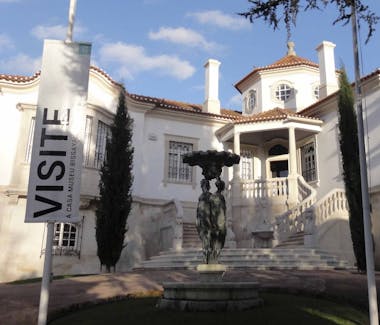
R. Infantaria 23 312, 3000-219 Coimbra, Portugal
Casa Museu Bissaya Barreto
La Casa Museo Bissaya Barreto fue residencia de Fernando Bissaya Barreto, una figura notable como profesor, cirujano y filantropo en la ciudad de Coimbra.
Este edificio de inspiración neobarroca, construido en 1925, está rodeado de un elegante jardín, decorado con estatuas y azulejos. El museo mantiene la decoración original de la casa y entre los destaques también hay pinturas de azulejos del siglo XVIII, incluidas porcelanas nacionales y chinas, muebles de estilo joanino, con piezas adquiridas de artistas locales e objetos colecionados desde hace 50 años.
Localizado frente al Jardín Botánico y al lado de un estanque, el museo está al lado de otras atracciones turísticas de Coimbra.
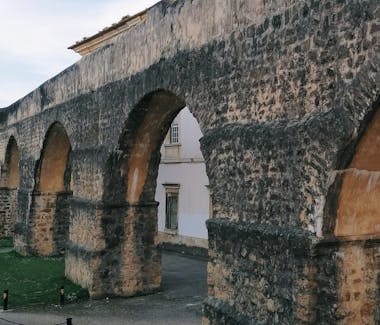

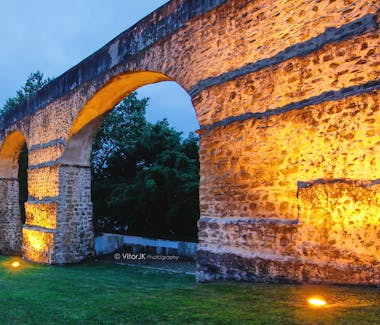
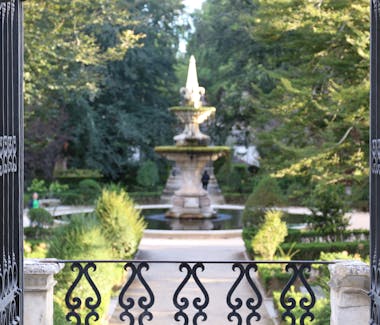
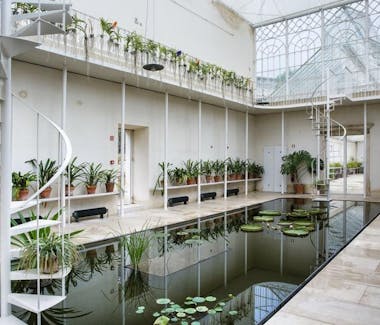
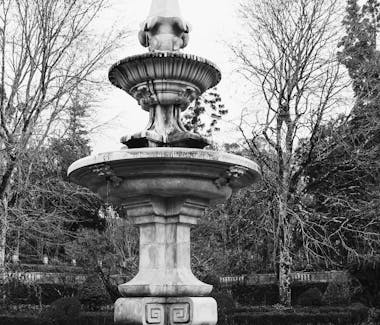
Jardim Botânico da Universidade de Coimbra, Calçada Martim de Freitas, Coimbra, Portugal
Acueducto y Jardín Botánico São Sebastião
El Acueducto São Sebastião, también conocido como Arcos do Jardim, es uno de los hitos históricos más emblemáticos de la ciudad, tiene 1 km de largo y 21 arcos. Su origen se remonta al año 1568, aunque está construido sobre ruinas romanas.
Después de visitar el acueducto, una buena opción es explorar el Jardín Botánico, que se encuentra enfrente. Este espacio es reconocido mundialmente por su belleza y diversidad de especies, ideal para quienes buscan un momento de tranquilidad y contacto con la naturaleza.
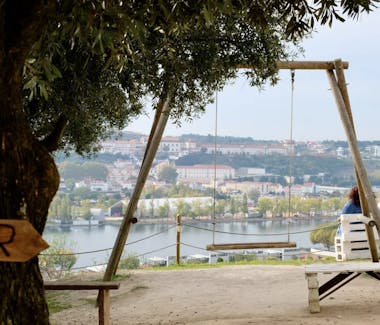

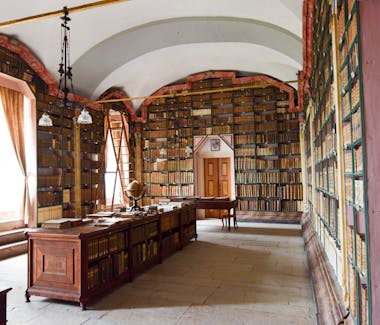
R. Vandelli 2, Coimbra, Portugal
Seminario Mayor de Coimbra
El Seminario Mayor de Coimbra es una institución emblemática en la parte alta de la ciudad, cerca del Jardín Botánico. Este lugar destaca por su impresionante arte italiano, con más de 250 años de historia. El seminario ofrece una experiencia única de cultura y espiritualidad, en estrecha conexión con la ciudad de Coimbra.
